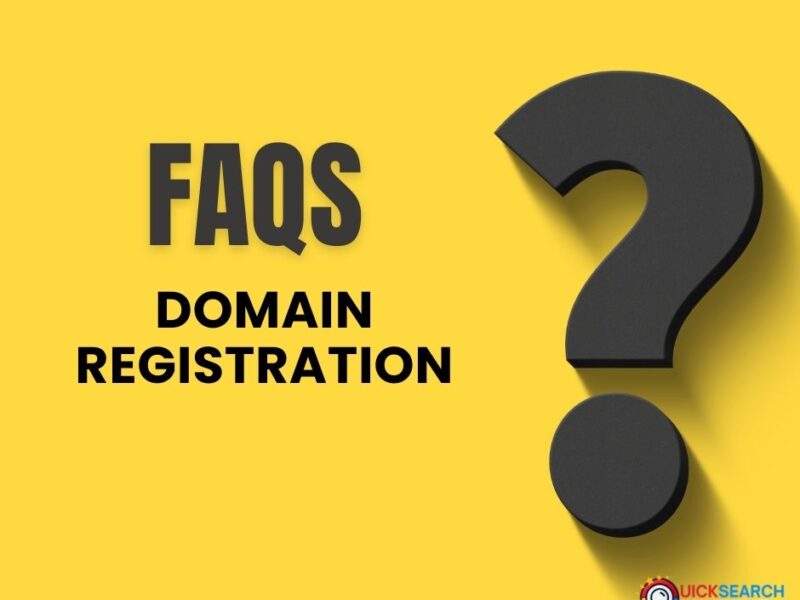Step-by-Step Guide to Social Media Marketing for Startups and Business Owners
Social media marketing (SMM) can be a powerful tool for startups and business owners to build their brand, engage with their audience, and drive business growth. With a well-planned strategy, social media can amplify your message and help you achieve your marketing goals. This guide will take you through the essential steps to create a successful social media marketing campaign.
Step 1: Define Your Campaign Objectives
The first step in any social media marketing campaign is to clearly define your objectives. Understanding what you aim to achieve with your campaign will help shape your strategy and content.
- Brand Awareness: Focus on increasing visibility for your brand and reaching new audiences.
- Lead Generation: Aim to capture potential customers’ contact information and build your email list.
- Community Engagement: Create conversations around your brand by interacting with followers, sharing user-generated content, and building relationships.
Take time to write a clear Social Media Marketing Brief that outlines your goals. This will be your roadmap throughout the campaign.
Step 2: Identify Your Target Audience
A successful social media campaign starts with understanding your target audience. Define your audience based on:
- Demographics: Age, gender, location, income, and education level.
- Interests: What are they passionate about? What are their hobbies or favorite brands?
- Behaviors: What type of content do they engage with? What are their buying habits?
Additionally, identify the social media platforms where your target audience is most active. Are they spending more time on Facebook, Instagram, LinkedIn, or Twitter? This will help you focus your efforts on the platforms that matter most.
Step 3: Select the Right Platforms
Each social media platform caters to different audiences and types of content. Tailor your platform strategy based on your audience demographics and campaign objectives:
- Facebook and Instagram: Great for visual content like images and videos, ideal for both lead generation and brand awareness.
- LinkedIn: Best for B2B businesses aiming to generate leads or connect with industry professionals.
- Twitter: Perfect for quick updates, conversations, and trends.
- TikTok: Best for creative, short-form video content aimed at younger audiences.
Craft unique content strategies for each platform to maximize engagement.
Step 4: Develop a Content Plan
A solid content strategy is key to keeping your audience engaged. Here’s how to structure your content plan:
- Content Types: Incorporate a mix of visuals (photos, graphics), videos (tutorials, behind-the-scenes), and written posts (blog articles, tips, updates).
- Frequency: Decide how often you will post on each platform. A consistent posting schedule is essential.
- Tone and Voice: Ensure the tone aligns with your brand’s personality. Whether it’s friendly, professional, or humorous, consistency is crucial.
A balanced content mix ensures your audience remains engaged and informed.
Step 5: Maintain Visual Identity
Your social media channels should have a consistent visual identity. Define your brand’s visual elements:
- Color Palette: Choose a color scheme that aligns with your brand’s identity.
- Imagery: Use consistent photo styles and graphic designs.
- Branding: Incorporate your logo, fonts, and other brand elements to make your content instantly recognizable.
Consistency in visual identity helps your audience easily recognize your brand, building trust and familiarity.
Step 6: Implement a Hashtag Strategy
Hashtags increase the visibility of your content and help users discover your posts. Develop a hashtag strategy by:
- Creating Branded Hashtags: Come up with unique hashtags for your brand, campaign, or event.
- Using Trending Industry Hashtags: Leverage popular hashtags relevant to your industry to increase reach.
Use a combination of broad and niche hashtags to target different audience segments.
Step 7: Engage with Your Community
Social media is not just about posting content—it’s about building a relationship with your audience. Engage with your followers by:
- Responding to comments and messages
- Participating in relevant conversations and trends
- Sharing user-generated content
- Asking questions and encouraging feedback
Community engagement helps create a loyal following and strengthens your brand’s presence.
Step 8: Collaborate with Influencers
Influencers can help amplify your message and extend your reach. To collaborate with influencers:
- Identify Potential Influencers: Look for influencers who align with your brand values and have a relevant audience.
- Set Expectations: Clearly define the terms of the collaboration, including deliverables, timelines, and compensation.
Influencer partnerships can help you reach a broader audience and build credibility for your brand.
Step 9: Consider Paid Social Advertising
Paid social advertising can significantly boost your campaign’s reach. To get started:
- Set Your Budget: Decide how much you want to spend on paid advertising.
- Target Audience: Use audience targeting features to reach the right people based on demographics, interests, and behaviors.
- Create Engaging Ad Creatives: Design ads that grab attention and encourage action.
- Key Performance Indicators (KPIs): Define metrics such as click-through rates (CTR), conversion rates, and ROI to measure success.
Paid ads are an effective way to accelerate your social media efforts, especially when you need to generate immediate results.
Step 10: Monitor and Analyze Campaign Performance
Once your campaign is live, it’s crucial to track its performance:
- Metrics to Track: Monitor metrics like reach, engagement, and conversions to measure how well your campaign is achieving its objectives.
- Regular Reporting: Set intervals for reporting and analysis (e.g., weekly or monthly). Review the data, identify areas for improvement, and adjust your strategy as needed.
This ongoing analysis helps you refine your approach and improve results over time.
Conclusion: Ready to Launch Your Social Media Campaign?
Now that you have a clear roadmap for creating a successful social media marketing campaign, it’s time to take action. Remember to stay consistent, engage with your audience, and optimize your content strategy to achieve your business goals.
If you’re looking for expert help to manage your social media campaigns and drive business growth, check out our Local Website Design Google Ads listing. We offer customized strategies designed to help your business succeed in the digital space.
With the right strategy, tools, and insights, your social media marketing campaign will help you connect with your audience and take your business to new heights!


